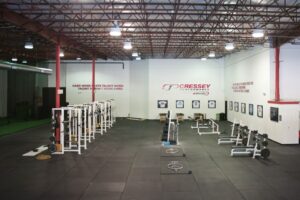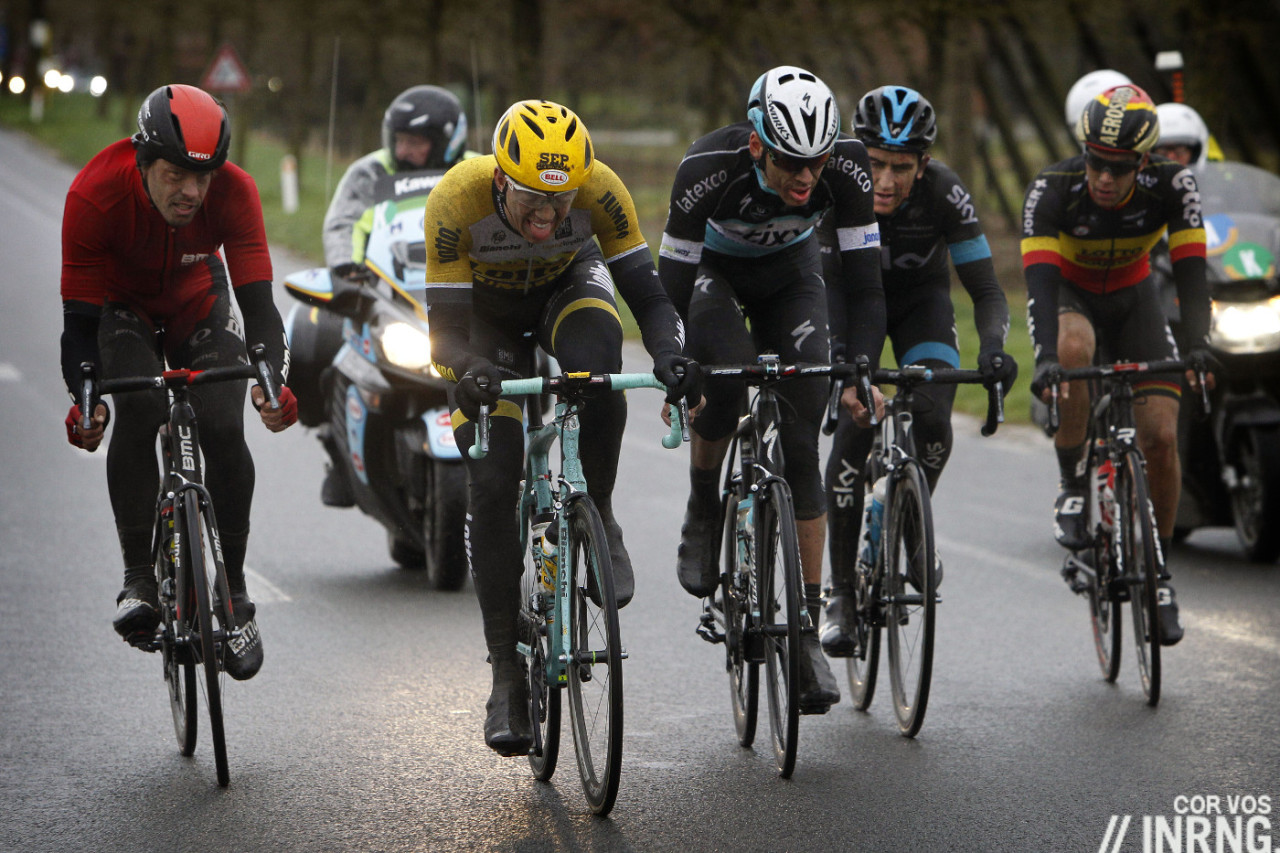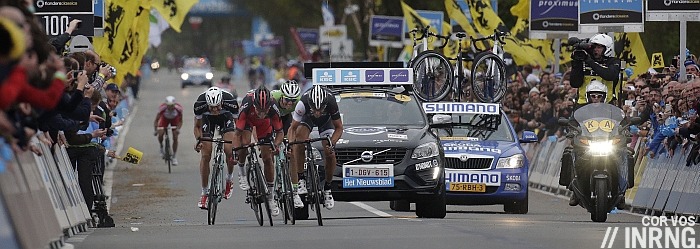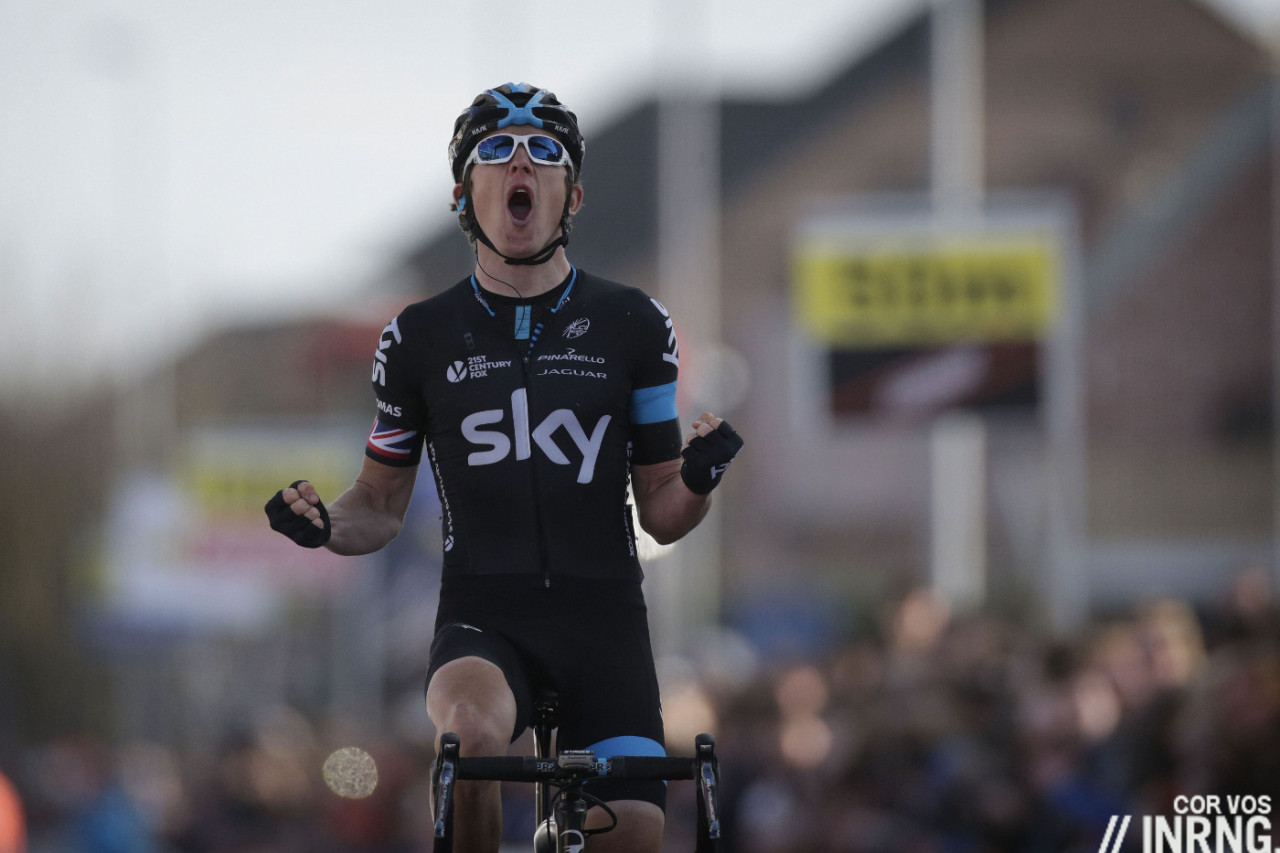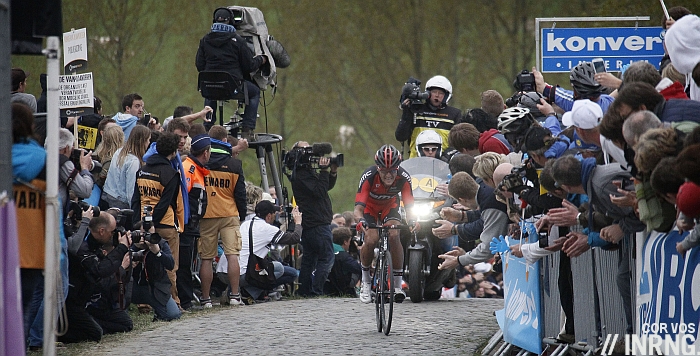
Photo: Manual For Speed
[Version en Español]
As the rest of the world comes down from it's Tour de France high, I sit here staring at my computer screen, shaking my head. Not so much in disbelief, but simple sadness. You see, as a result of an interview I did with Juan Pablo Villegas earlier this year, a series of events have come to pass that eventually led him to retire from the sport. A sport that has been his entire life for the last eleven years.
In this interview, Juan Pablo explains his decision, how it's affected his life, and in so doing reveals how little has changed in the sport in the last ten years in terms of intimidation, and the treatment of riders who speak openly about the forbidden topic by directors, fellow riders, the press and even cycling federations. As I've said before, omertà is alive and well, and not merely as an allusive term. And if you think Colombia is alone in this matter...well...I simply ask that you think again.
Back in February, I published an interview I did with you here on the blog. Among other things, you spoke very clearly and openly about a subject that cyclists, who are currently riding, especially in Colombia, never address. Doping. What was the reaction to the interview?
As I did the interview, I knew it was the first time that the topic had being addressed openly, in terms of Colombian sport, and cycling specifically. My intention was not to speak badly of anyone personally. But I wanted to talk about a something that happens in the shadows, something that has always been kept quiet. So I told the truth, telling you about things I saw and lived through for eleven years as a cyclist.
As a result of that that interview, so much has happened. Some people who felt that I was referring to them specifically began to talk, and to actively try to end my career. Then I started to get threats through social media, and a group of people tried to cut my career short. They thought that I had spoken out because I was racing in the United States, which made them angry. But that was not the case. I would have, and had wanted to talk about this topic anyway for some time.
So the reaction to the interview was severe. Were you contacted by the cycling media in Colombia to discuss the interview or the topics you addressed [in the interview Juan Pablo said that a “very, very high number” of riders in the peloton at major Colombian races had doped in recent years, and that as a clean rider he’d never get results in those races.]
Sadly, no. Some of them know what’s going on, but they choose to keep quiet. They don’t dare touch the topic, because they are afraid.
What about the Colombian Cycling Federation? Did they have any interest or want to talk to you?
Yes, but because they seemed to have taken the interview the wrong way, or they simply didn’t know how to interpret it. What they said was that we [Juan Pablo and this blog] were trying to smear Colombian cycling. But I’ll reiterate, that what I talked about was simply what I saw during my entire cycling career, and that's all.
Today, I see some things are getting better. But there’s so much to be done, especially when you realize that this is a sport that so often comes to represent Colombia as a country in the eyes of the world. Because of this, special attention should be given to it, to ensure that those who compete do so in a correct and clean manner.
Did the Federation ask that you retract your statements?
Yes. They asked me to, but I won’t do it. They told me that I couldn’t say these type of things, because it wasn’t good for Colombian cycling.
Were you asked personally by someone from the Federation to do this?
Yes, but I have no interest in saying the name of this person. Because that’s not my intent. Everyone can do whatever they want, but I just want to tell people what I saw. If someone misinterprets my words, that’s not my fault. And in the end, all the attention the interview generated actually led some people to offer up facts about the subject that I didn’t even address.
[As a sidenote, and a point of contrast, it's worth noting that Colombia's cycling federation just last week said it that it was fully behind and happy to support Maria Luisa Calle, the 46 year old track cyclist, as she tested positive for human growth hormone at the Panamerican Games in Toronto. It's her second time testing positive, the first being at the games in Athens. In that case, she was able to show that her body naturally produced heptaminol.]
Let me get back to the threats that you received How did they come your way? Social media alone? What were they?
They were threats meant to intimidate, from people who are clearly not happy when this topic is brought up. They are used to cheating, and no one talking about it. So they would say to me, “Why did you open your mouth? You’re going to pay for what you said.”
The threats came through social media, and I didn’t pay much attention to them, because they come from people with no ethics, people who talk for the sake of talking. But it turned into an uncomfortable situation. My wife began to see these threats, and they made her uncomfortable.
The threats came through Facebook, from other cyclists?
Most came through Facebook. I also got some on my phone as texts.
Did they come from fake Facebook accounts or anonymous phone numbers?
Yes, anonymous numbers, and fake Facebook accounts that were created solely for the purpose of sending those threats. I paid them no mind, but at some point you start to worry and wonder if there could really be something behind them.
Specifically what did the threats say? Did they threaten to harm you? Your family? Would it be in the context of a race, or your everyday life?
A lot of it was implied. For example, it would say, “From now on, you’ll always have to watch your back”, so that could mean anything. But they all consistently talked about my well being, while staying fairly general.
Another thing happened. One specific rider, one with a long career and lots of experience, along with some team directors went to my team (Manzana Postobon) personally about this. They told them that they should have never signed me to a contract, because I would never be allowed to win anything. In fact, that if necessary, they would throw me off of my bike, or push me off to keep me from winning, because so many team directors had been offended by what I said. So they would make my life impossible, to the point of throwing me off of my bike in a race.
[Update: I checked with the team, and they confirmed that threats that were made, as well as the request for retraction that was made]
That’s interesting, because in doing so; those people give themselves away as having skeletons in their closet. Don’t you think? I mean, they clearly have something to hide, because otherwise these statements wouldn’t matter all that much to them.
Exactly. And those who have the most to fear, are the primary ones who, under their own name, started all of this. They tried to block my career, and make me worthless to the team that signed me. So through their actions, they have given themselves away.
This all sound eerily similar to the kind of intimidation that Filippo Simeoni went through in 2004 at the Tour, or perhaps more like the way that Christophe Bassons was treated for addressing this very topic. It’s depressing to think that ten years later, if a rider who is still racing addresses doping, he’ll still be treated the same way.
Yes. And to me, unless those in power within Colombian cycling take a very firm stance on this subject, nothing will change. It will become more engrained.
And because of all this, you have chosen to retire from cycling?
Yes. As of July first.
What was that process like, making that decision.
It was a tough one. Breaking away from my dream, from something I had worked so hard toward for so many years, eleven of them. It was hard, but when you see how things are handled in cycling, you reach a point where the decision you have to make is obvious. You realize that people who are trying to do things correctly are seen as the enemy. You see that some within the press, many team directors and those in the federation don’t even want you to bring up this topic. Because here, the riders are supposed to stay quiet, and be submissive. That’s how things have always been.
All of this filled me with sadness, to the point where I realized it was a war I couldn’t fight, because I was up against people with power, people who are clearly willing to do anything to defend the status quo. Because change, to them, wouldn’t be good. Both for economic reasons, but also because they want to maintain the power they have. I didn’t feel motivated with all of this in mind, on top of the fact that I knew I’d be up against riders who cheat, and play dirty.

Photo: Alps & Andes
You sound very calm, but this must be incredibly hard for you. I mean, not just in terms of cycling, but also outside of it. Because what you describe is a reflection of some of the problems that Colombia, and world at large, is facing today.
Yes, and these are things I had seen years ago. And I then started to see how difficult it was to change it. Today, some teams want to have internal controls, they want to change things, and they want to talk openly. But a large majority of directors, journalists don’t even want to touch the topic of doping with a ten-foot pole. So they will go against anyone who challenges the way things are.
You raced twice this year with Manzana Postobon in Colombia, after the interview. How did those races go? Did you have any problems?
Things were generally good, because the week prior to the first race, El Tiempo [Colobmia’s biggest newspaper] ran a column about the threats I had received, and saying how they would be reporting on anything that possibly happened to me in or outside of races. So no one dared to say anything, but the atmosphere still felt a bit tense at the Vuelta al Caribe and the Vuelta a Cundinamarca.
Manzana Postobon, as a team, gave me full support, because they are in agreeance with everything I said in the interview. They backed me completely. But it was hard for me, because I still know how so many teams are run, and how they behave. Which, by the way, only made me appreciate the support I received from Manzana Postobon that much more.
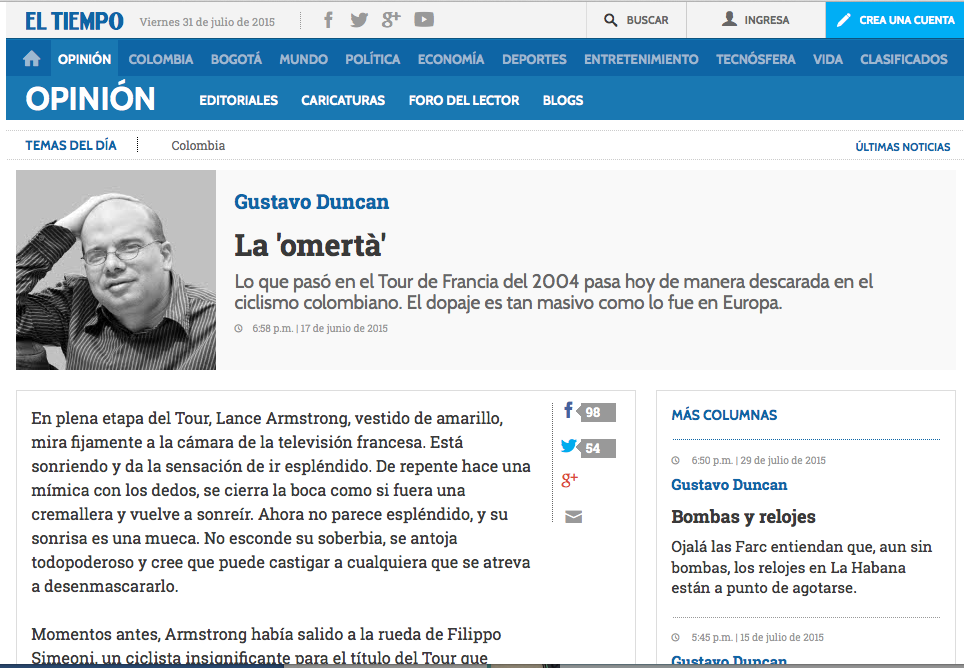
Column in the newspaper El Tiempo, regarding the threats
Cycling has been your life for many years. How sad is it to leave it, especially under these circumstances?
It’s sad, but I’m also proud, because I never compromised my principles. With that, I want to tell other cyclists, and Colombian cycling at large that they can’t force you into anything. To the contrary, you are the one that is control of your own life. So I leave cycling behind with my head held high. I hope this is something that helps others cyclists in Colombia, who I know for a fact that unhappy with how things are run, but who are afraid of speaking out.
In cycling, some riders will often say that they had to dope because it was the only way to compete, that everyone was doing it, so they had to. What do you say to someone with that type of mentality?
That you can simply say, “no”. You have a choice. It’s a long and tough path to take. I know, because I lived it. Even as people openly told me that if I took this or that thing, I could win the Vuelta a Colombia.
So what is your plan now after cycling?
Cycling has taught me and given me tools to work with. Discipline, a work ethic, and a will to do things correctly. Before I was a cyclist, I grew up among coffee plantations. Those are my roots. So I want to keep working in my family trade. I want to work with coffee, to export it. That goal fills my heart with happiness and will to work. That’s my reason for getting up in the morning, and to fight through another day.
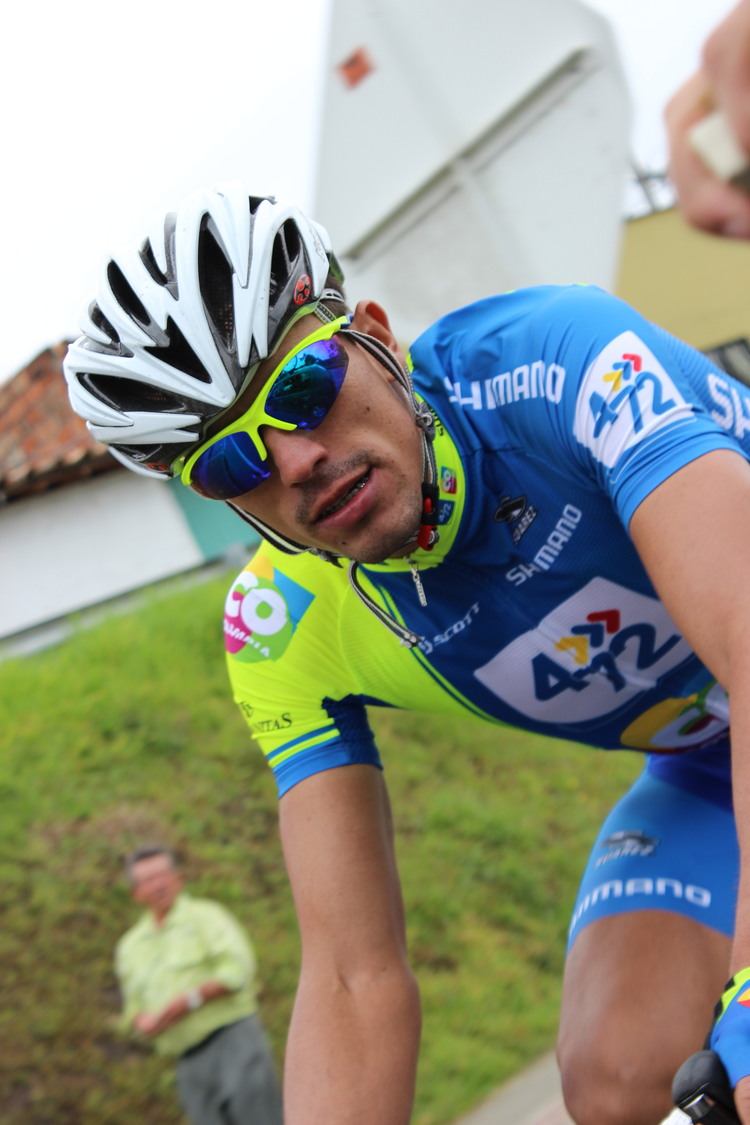
Photo: 4-72 Colombia
















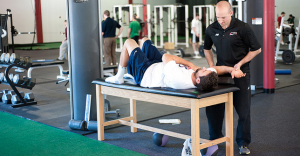



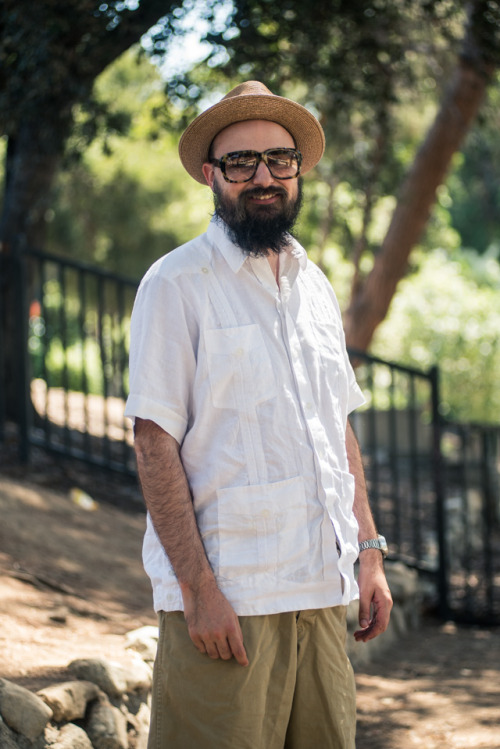
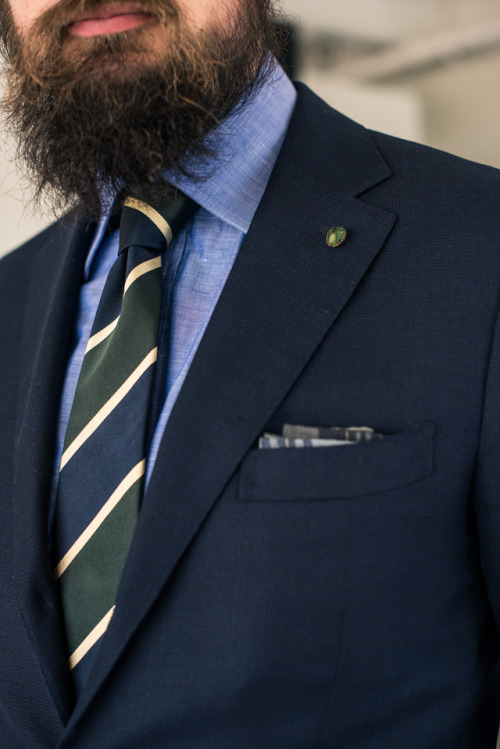




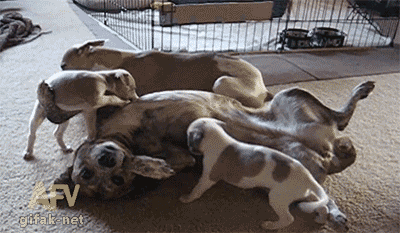







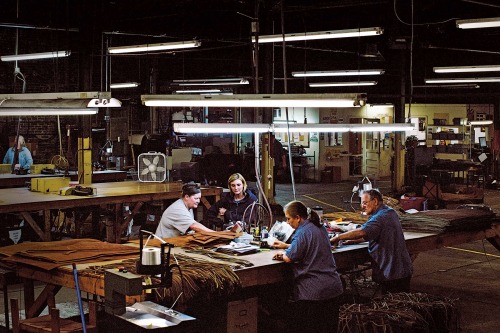







 Roland Nagy
Roland Nagy Roland Nagy
Roland Nagy



